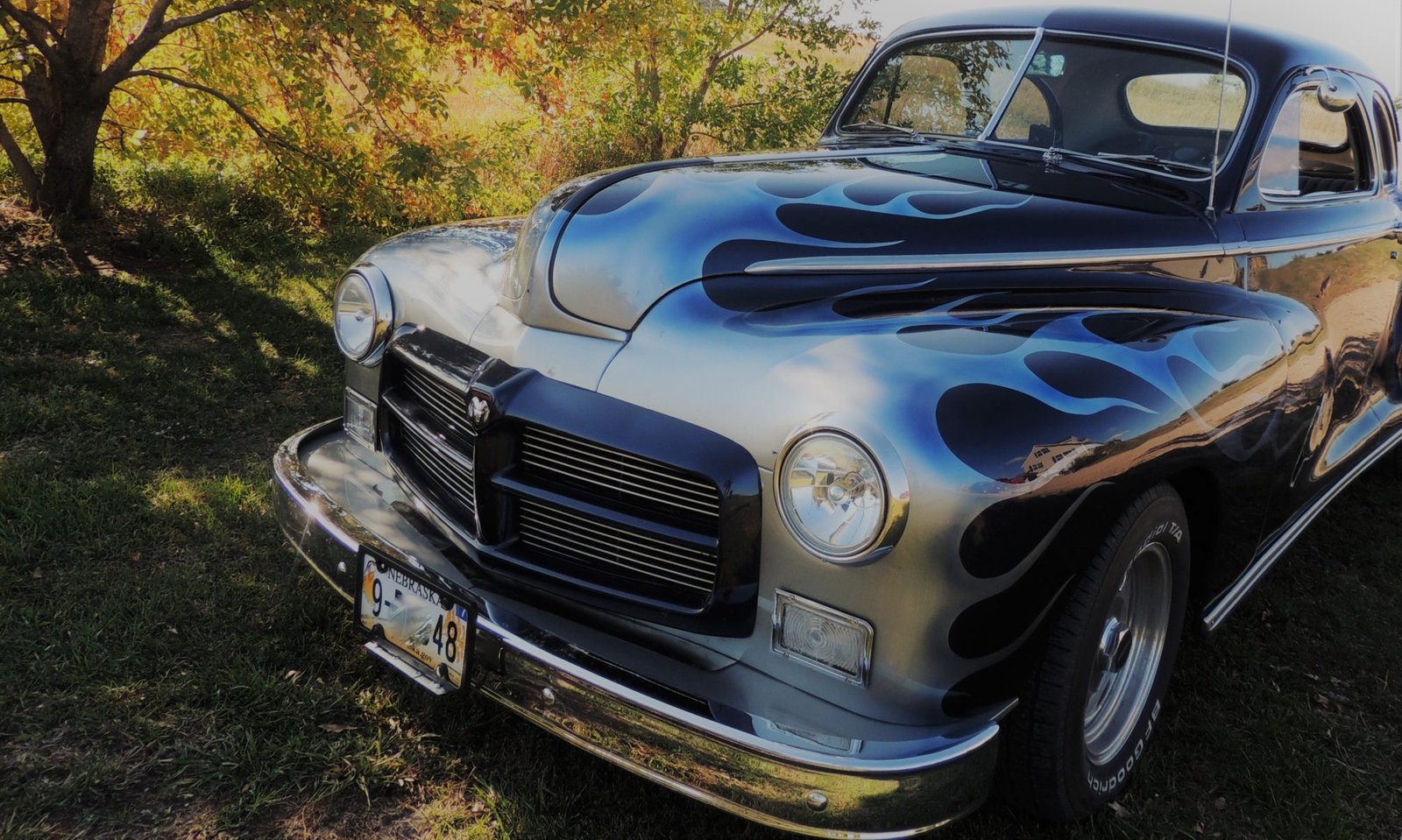
We finally got around to watching Fallout and enjoyed it much more than I thought we would. Having just finished watching the Justified series for about the seventh time, it is nice to have another opportunity to watch Walton Goggins finesse the fine art of scene stealing. The show has a unique, vintage aesthetic, and it was a wonderful surprise to see Goggin’s character “Cooper Howard” tooling around in a Kaiser Darrin during the flashback sequences. We published this post about the Darrin many years ago, but here it is again for those who missed it the first time:
This unusual front end belongs to a rare automobile, a 1954 Kaiser Darrin:

The brochure for this unique machine boasts that it was designed by “Darrin of Paris,” also known as Howard “Dutch” Darrin. Darrin was an interesting character who flew combat missions over France as a member of the U.S. Air Service during World War I. He designed luxury automobiles for movie stars like Clark Gable and Errol Flynn, and his gravestone in Santa Monica simply reads “AUTOMOTIVE ARCHITECT.” A thoroughly interesting 3-part article about his life was written by Richard Langworth and can be read here. Although Darrin had some successes designing automobiles, the Kaiser Darrin wasn’t one of them and only 435 were produced.
The Darrin was a product of the struggling Kaiser Motors Corporation, and it just beat the Corvette to be the first car with a fiberglass body. It also featured sliding doors that retracted into the front fenders when opened as seen in this picture from the sales brochure:

The grille has been said to look like pursed lips, but I think it looks more like Tweety Bird. Think about it.

Design preferences aside, the Darrin was not cheap. It was priced at $3,668 (compared to $2,774 for a Corvette) and, although it cost more, its 90-hp engine was completely out-classed by the Vette’s 150 horses.
Another problem may have been the sales pitch for the Darrin. This is an excerpt from an article dated February 13, 1954, that featured an interview with a model, Pat Matteson, who had been hired to demonstrate the Darrin at the International Sports Show in New York City:
Cars with plastic bodies are still a mystery to most motorists. They want to know if the plastic will dent if people lean on it, whether snow will melt the plastic, whether hot water will make a hole in it, or whether insects will become permanently embedded in it.
“No. . .No. . .No. . .No,” says Pat. “But a motorist can repair a fender dent in the same way he’d patch a tire. And he can fix it so it doesn’t show.
“If a lady wants to change the color of the plastic body to match her hat, gloves or a new dress, she can do so by spraying on a new paint with a vacuum cleaner. But it would take her three hours.”


